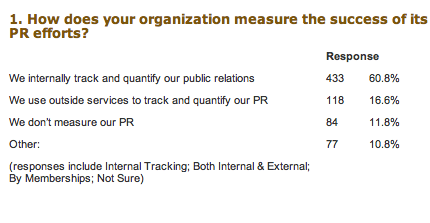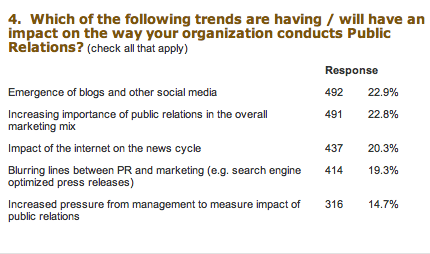Let go
June 17, 2007
 It seems appropriate to share this with you on Father’s Day. It’s something that’s come to me as I’ve blundered through being a dad. It’s one of the hardest lessons I’ve ever had to learn. Fortunately, the difficulty has been commensurate with the value.
It seems appropriate to share this with you on Father’s Day. It’s something that’s come to me as I’ve blundered through being a dad. It’s one of the hardest lessons I’ve ever had to learn. Fortunately, the difficulty has been commensurate with the value.
When my daughter was a little less than a year old, she, like all babies, was struggling to stand and take those first steps. I would walk behind her, her hands wrapped tightly around my forefingers to provide some stability, and together we would walk.
Of course, I was handling most of the balancing. She was just putting one foot in front of the other and sort of lunging. If I had removed my hands, she would have fallen. So I didn’t.
My mistake. Once I let her fall a couple times, she figured it out. And took her first steps.
Flash forward a few years. My daughter loved riding her bike and was ready to go sans training wheels. So we took them off. We started out slowly. I’d walk (then run) behind her, holding onto the seat so she wouldn’t fall. Every time the bike would start to tip to the side, I righted it and we kept going.
My mistake. Once I let her fall a couple times, she figured it out. And rode down the street, triumphant and training wheel free.
I’ve observed this pattern in our lives together many times. When I hang on too tight out of fear or protectiveness, she doesn’t grow. She doesn’t master something new. She doesn’t get to be all that she can be.
I know, as we approach the dating years, I am going to be painfully reminded of this lesson. And I know I won’t always heed the little voice in my head that’s whispering, "let go." But I’m going to try.
Beyond parenting, I believe the "let go" lesson is incredibly relevant in marketing.
We can craft our marketing messages and our brand promises until we think they’re perfect. But sooner or later, we have to let go. We have to recognize that it’s a conversation, not a monologue.
When we hang on too tight out of fear or protectiveness, nothing grows. We can’t master something new. And the relationship we’re trying to forge with our community of customers doesn’t get to be all that it can be.
What’s something that you held onto for too long? Or, tell us a success story of what happened when you let go.
More
![Reblog this post [with Zemanta]](http://img.zemanta.com/reblog_e.png?x-id=558fdb65-1020-4bed-80b7-d7130460d88b)

![Reblog this post [with Zemanta]](http://img.zemanta.com/reblog_e.png?x-id=c0e8ad97-e713-4bcf-8a54-d014ef445f7f)

![Reblog this post [with Zemanta]](http://img.zemanta.com/reblog_e.png?x-id=d8a68508-7543-4840-98e7-b3610f2f4633)

![Reblog this post [with Zemanta]](http://img.zemanta.com/reblog_e.png?x-id=7a278827-00ca-450d-8c91-80aec3efff62)

![Reblog this post [with Zemanta]](http://img.zemanta.com/reblog_e.png?x-id=eb7005eb-740a-445a-a64d-8ed75c68e52b)



![Reblog this post [with Zemanta]](http://img.zemanta.com/reblog_e.png?x-id=5899df6e-65db-4be6-ac03-d8d007ad3372)

![Reblog this post [with Zemanta]](http://img.zemanta.com/reblog_e.png?x-id=a1ef2d9c-1133-4fe8-b500-8636de4dea3f)


![Reblog this post [with Zemanta]](http://img.zemanta.com/reblog_e.png?x-id=d3906166-7b42-46dc-a3ce-17ff66e42f92)

![Reblog this post [with Zemanta]](http://img.zemanta.com/reblog_e.png?x-id=6104415e-83bb-481c-9daa-cdbac1304942)

![Reblog this post [with Zemanta]](http://img.zemanta.com/reblog_e.png?x-id=e4e31190-5e2a-404f-975f-d3078ec6c638)